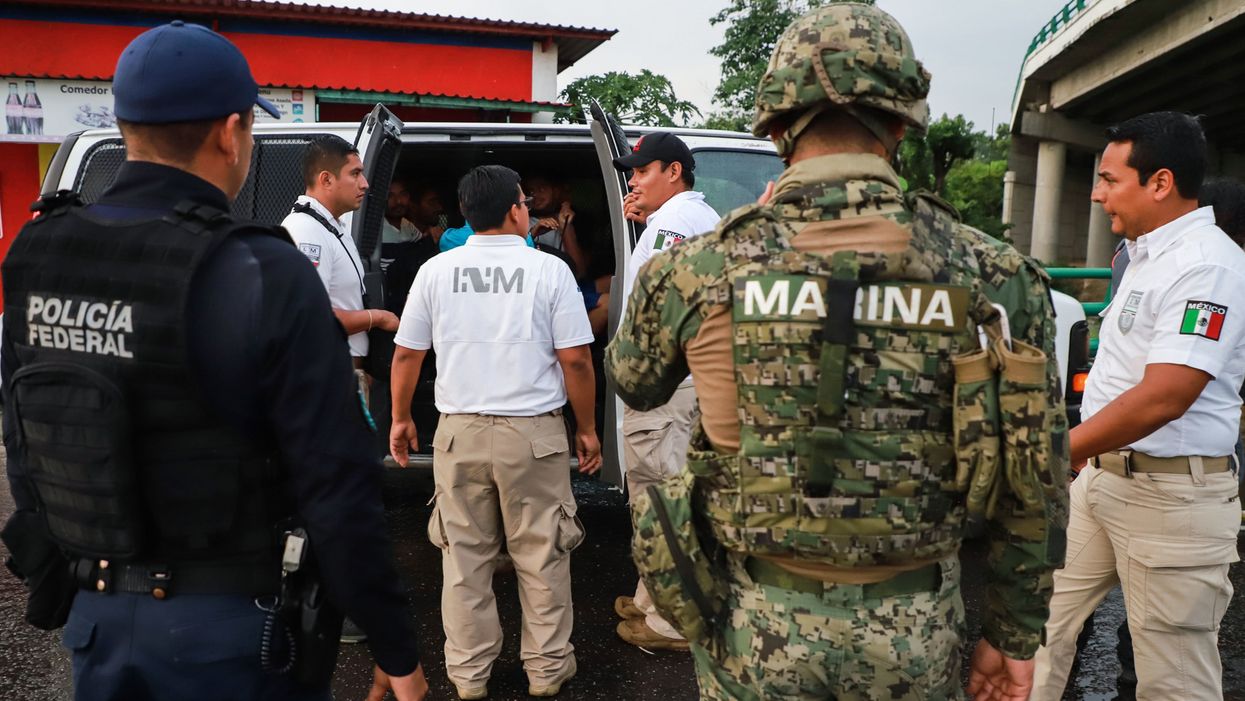
QUETZALLI BLANCO/AFP/Getty Images

Trump asked Mexico to do its part to control illegal crossings
The number of illegal immigrants arrested inside the United States seems to be declining following Mexico's increased enforcement of its own borders.
Overall, the number of times the Border Patrol detained illegal immigrants in the U.S. had been growing year over year, from 310,531 in fiscal year 2017 to 404,142 in 2018 and 598,714 so far in 2019, according to statistics provided by U.S. Customs and Border Protection.
Attempts to cross the border usually slow down during the summer when the trek can be especially dangerous, but according to a press release from the Department of Homeland Security (DHS), "This year's decline in apprehensions from May to June outpaces last year's decline by 11 percent."
According to the press release, the number of "enforcement actions along the Southwest Border" fell 28 percent from 144,278 to 104,344.
Many immigrants that come through Mexico, including multiple caravans, begin their journeys elsewhere, often entering Mexico itself illegally.
President Donald Trump has warned Mexico that it needs to do more to stem the flow of people and illegal drugs crossing the border that separates the two countries. In three tweets from March 29, he threatened to close the U.S. border completely if Mexico did not "immediately stop ALL illegal immigration coming into the United States throug[h] our Southern Border." Trump also threatened Mexico with tariffs if the number of border crossings did not go down.
Mexican President Andrés Manuel López Obrador promised that his country would increase its efforts.
In addition to Mexico's contribution, DHS credited the drop to a number of changes it had made "including surging personnel from across the Department to high capacity locations on the Southwest border, requesting and receiving continued support from the Department of Defense, expanding medical services, establishing additional soft-sided facilities, surging rescue response operations, and requesting and receiving emergency supplemental funding from Congress."